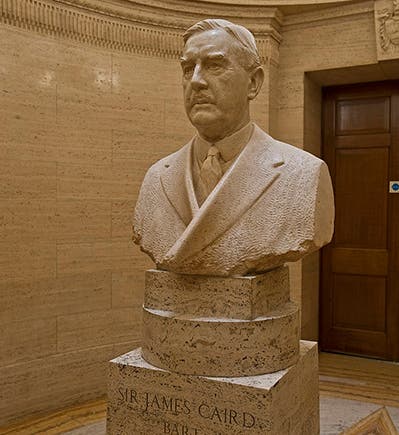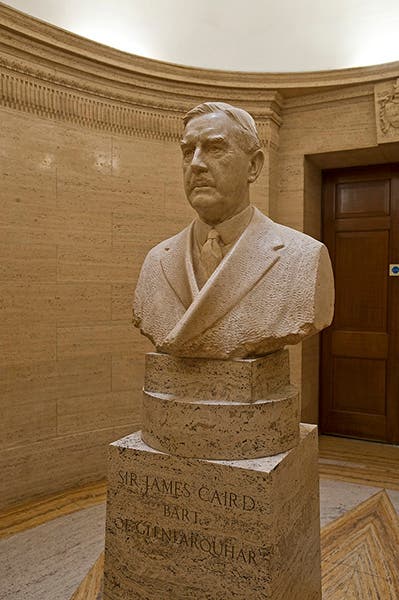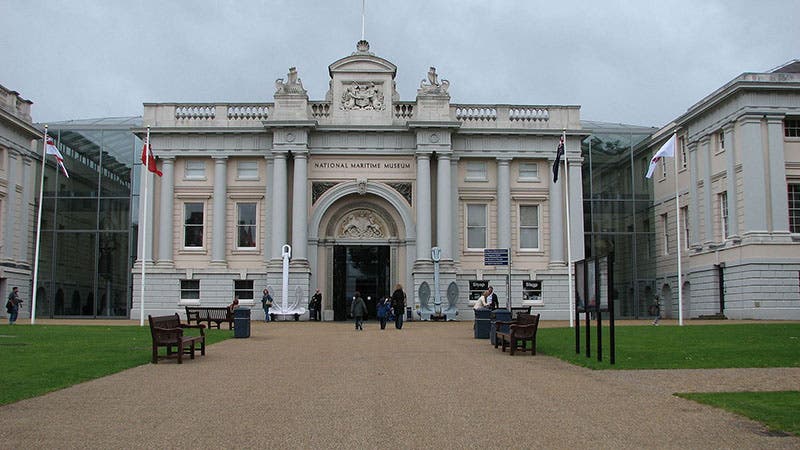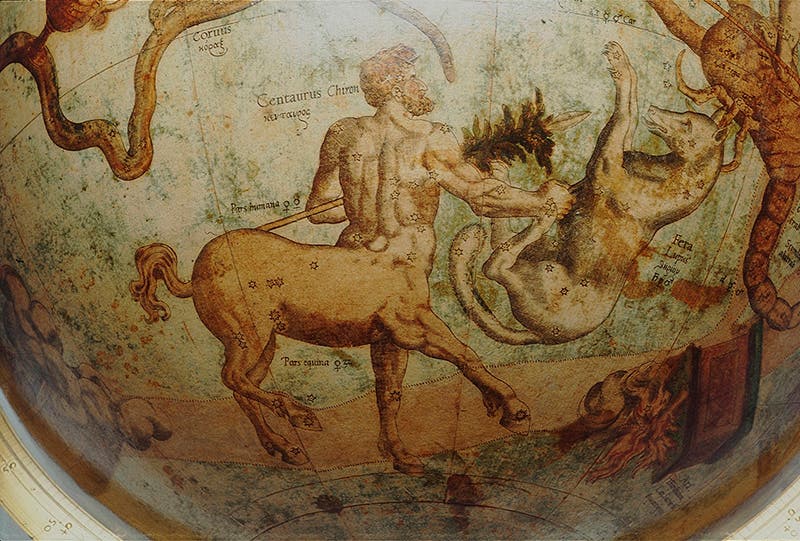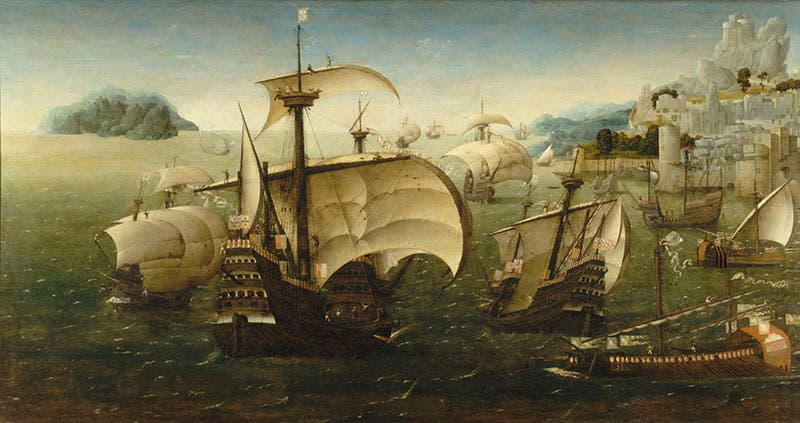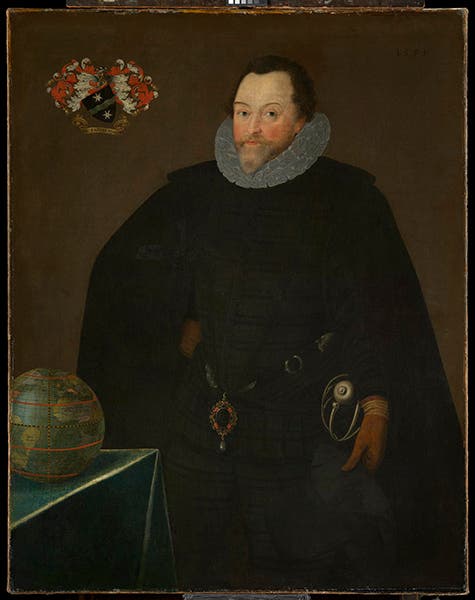Scientist of the Day - James Caird
James Caird, a Scottish shipping magnate, lover of maritime history, and philanthropist, died Sep. 27, 1954, at age 90. Caird started out working in the East India merchant trade, rose rapidly through the ranks, joined a shipping firm that he eventually came to own, and then diversified into ship building, long distance shipping, and the Argentine meat trade. He was an astute businessman, and evidently amassed a fortune of millions of pounds, much of which he gave away.
In 1911, Caird was one of the founders of the Society for Nautical Research (SNR), organized to preserve Great Britain's maritime heritage. The immediate task of the SNR was to save and restore HMS Victory, Admiral Lord Nelson’s flagship at the Battle of Trafalgar, and then the oldest ship of the Royal Navy still in commission. It was in desperate shape, hardly able to float, and in the 1920s, Caird himself contributed over £50,000 to the fund for restoring the ship, which is still in commission today.
The long range goal of the SNR was to found a maritime museum, to preserve and display things like sextants, globes, chronometers, relics of voyages, maritime paintings, and rare books. They formed a board of trustees in 1927, and the museum was finally authorized in 1934. The National Maritime Museum (NMM) opened to the public in 1937.
But the moment the board of trustees was appointed, Caird went to work buying up materials for the future museum. When the Macpherson collction of paintings and engravings became available (12,000 items!), and the trustees launched a campaign to raise the £108,000 needed, Caird stepped in and bought the entire collection for the Museum, allowing them to use the money raised so far for other purchases. When the Naval Hospital moved out of their buildings on the River Thames in Greenwich, the Museum was given the space, and Caird paid the considerable costs of refurbishing the buildings. He purchased other collections of instruments, and individual pieces as they came on the auction market. For example, of the 400+ globes now in the NMM collection, over 300 were given by Caird. My favorite celestial globe is one built by Gerard Mercator in 1551, and the finest surviving specimen is in the NMM (third image). I looked it up; it was given by Caird. I include a detail of the globe so you can see why it is so admirable (fourth image).
One of my favorite maritime paintings is from the 1540s (fifth image), making it one of the earliest of any maritime painting; it shows a fleet of Portuguese carracks near a coastline. It is one of the very few works of art that depict sea-going merchant vessels from the time of Magellan. The artist is unknown; it is attributed to the circle of Joachim Patinir. It is one of the many paintings that form the Caird Collection at the Museum.
And if you think all the great portraits of English men and women are in the National Portrait Gallery in London, you would be mistaken. The fine portrait of Francis Drake (sixth image), by the Flemish master Marcus Gheeraerts the Younger, was one of many purchased by Caird that are now in the NMM, Greenwich. Indeed, if you choose at random any object on display, the odds are better than 50/50 than it was a bequest by Caird. He is the single greatest benefactor by far in the history of the NMM. It is estimated that the sum total of his various gifts was in excess of £1.2 million.
The National Maritime Museum is now part of the Royal Museums Greenwich, but it maintains its own identity. There is a bust honoring Caird in the Caird Rotunda in the Museum (first image).
There was a boat named the James Caird, a whaleboat, famous as the vessel that Ernest Shackleton sailed over 800 miles from Elephant Island to South Georgia Island in 1916 to save the crew of the Endurance. The boat was not named after our James Caird, but rather after James Key Caird, an Irish philanthropist and one of the sponsors of the Shackleton expedition. We wrote about James Caird (boat) recently in a post on Harry McNish, the ship’s carpenter who made the boat seaworthy. It is a pity, for today’s post, that it was named after the wrong philanthropist.
William B. Ashworth, Jr., Consultant for the History of Science, Linda Hall Library and Associate Professor emeritus, Department of History, University of Missouri-Kansas City. Comments or corrections are welcome; please direct to ashworthw@umkc.edu.

